
Bruniales is an order of flowers that belong to Class Magnoliopsida, Superclass Angiospermae, and Subdivision Spermatophyta. Most trees, shrubs, and undershrubs have temperate to subtropical distribution.
The Bruniales plants typically possess small, persistent, and simple leaves, small to medium-size flowers, mostly 5-merous in the calyxWhat is calyx?A collective term for all the sepals of a flower; the lowermost whorl of floral orgrans (Plural form is calyces). and corollaWhat is corolla?A collective term referring to the petals of a flower., and usually clawed petals. The members of Bruniales are hermaphrodites and undergo pollination via insects and hummingbirds. Known example species are redlegs and the spiny desfontainia.
Table of Contents
Bruniales Families
The APG III system places the two families under Bruniales.
- Bruniaceae (Redlegs family)
- Columelliaceae (Spiny Desfontainia family).
![]()
Bruniales Distribution
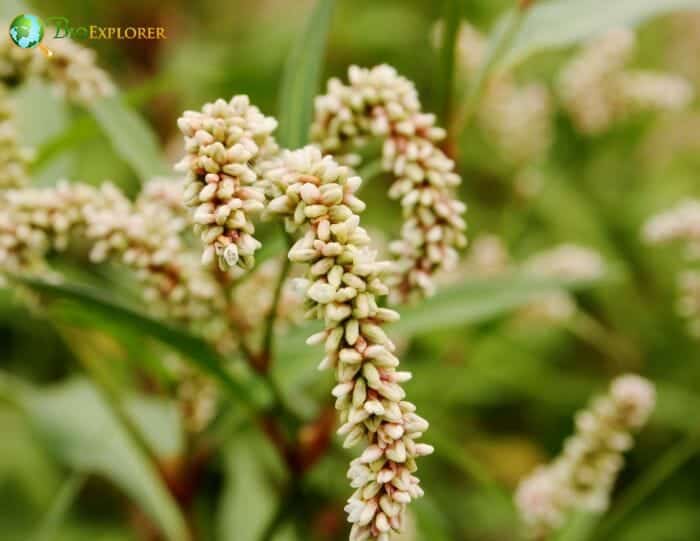
The Bruniaceae (11 genera and 92 species[1]) have temperate to subtropical distribution. The members are natives of South Africa. Columelliaceae (2 genera, 8 species, and 2 subspecies[2]) are tropical and neotropical. The species are natives of South America.
![]()
Bruniales characteristics
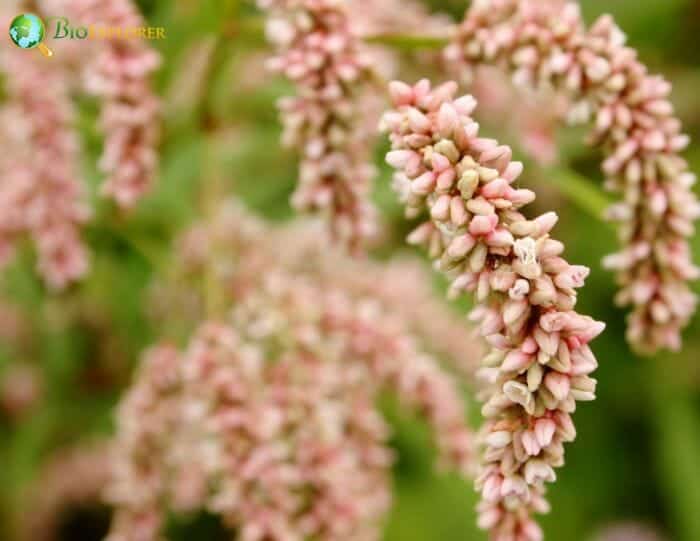
The following are the characteristics shared by the members of this order:
- Plant Type: The members are trees, shrubs, and undershrubs.
- Stem: The cork cambium is present; initially superficial or deep-seated. The primary vascular tissues of the members are in a cylinder (separate bundles absent) or probably collateral. There is a development of secondary thickening from a conventional cambial ring. Fiber tracheids are in the axial xylem.
- Leaves: The leaves are small, persistent, simple, opposite, or alternate, and imbricate or not imbricate. The leaves are exstipulateWhat is exstipulate?Without stipules; Stipule is a small structure of appendage found at the base of some leaf petioles.. The lamina is entire; parallel-veined, and conspicuously asymmetric (Columelliaceae). The lamina margins are dentate or entire.
- Flowers and Inflorescences: The plants are hermaphrodites. The flowers are small or medium-sized, regular or somewhat irregular. The flowers are occasionally solitary (terminal or axillary), aggregated in spikes, heads, or cymes. The flowers are sometimes in panicles or racemes. The involucral bracts and free hypanthium are present or absent.
- Sepals and Petals: The calyx usually consists of 5 (4-8)sepals in 1 whorl; gamosepalous or polysepalous, imbricate, or valvate. There are 5 (4-8) petals in the 1 whorl corolla; polypetalous or gamopetalous, regular or irregular, and imbricate. Corolla is often persistent. Some are deciduous. The petals are usually clawed. Others are sessile.
- Stamens and Carpels: The stamens are 2 or 4-5; oppositisepalous; alternating with the corolla members. They are filantherous (with short filaments) or almost with sessile anthers. The carpels are usually 2 (others have 1 or 3). The pistil is 1-3 celled.
- Ovary and Fruit: The ovary is usually inferior. Others are partly inferior or superior. The fruit is a capsule (septicidal and valvular), an achene, or nucular, a capsule, a nut, or achene-like.
- Seeds: The seeds are very small and are copiously endospermic.
![]()
Bruniales Flowers and Reproduction
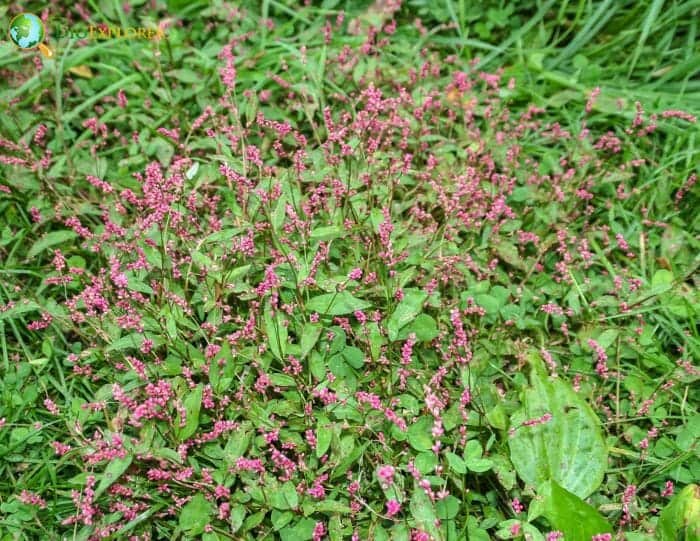
Bruniaceae[3] are small to medium-sized flowers in white, cream, pink, yellow, magenta, or deep rose.
- Most flowers are aggregated in inflorescences of spikes or heads. Linconieae and Audouinia have solitary flowers. Most species have perianth adnate to the ovary.
- Typically, there are 4-5 sepals in the calyx. The calyx lobes are well-developed, with a brown tip and unicellular hair coverings found on the outer side. All species of Audouinia, except A. capitata have persistent calyx that crowns the fruit. The petals are commonly 4-5; free. They are often clawed; others are sessile.
- Most species have a half-inferior ovary. The members of this family undergo pollination via insects like pollen-feeding beetles, ants, flies, bees, and butterflies.
- Columelliaceae[4] flowers are bisexual in terminal or axillary cymes or solitary.
- The calyx and corolla are distinct in the perianth. Desfontainia species have hypogynous perianth while Columellia has semi-epigynous. There are 5 fused, slightly imbricate, or valvate sepals in the calyx and 5 fused, imbricate, yellow petals in the corolla.
- The lobes of the corolla are longer than the tube. Desfontainia spinosa are pollinated by hummingbirds and bumblebees.
![]()
Bruniales Family Differences
Bruniales only consists of 2 families under it. The following are the differences between the 2 families:
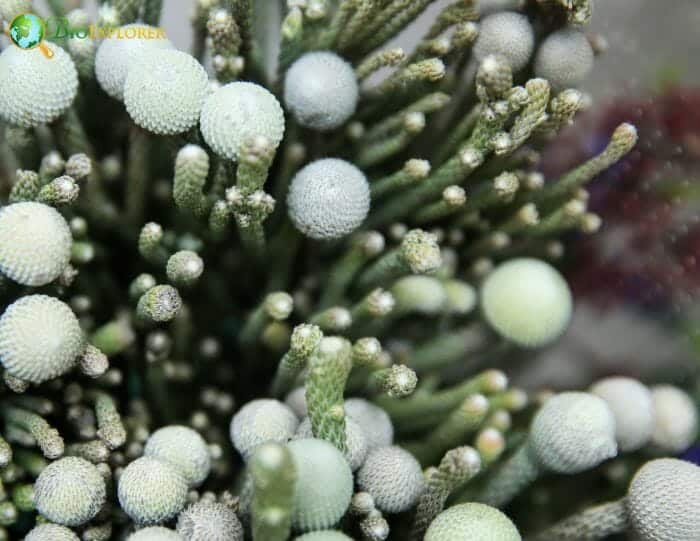
Bruniaceae
- Most members are ericoid shrubs. Other species involve trees.
- The leaves are small, persistent, simple, alternate, and exstipulate.
- The lamina is entire and parallel-veined. Commonly, members of this family are 3-veined. However, some species have 5 to 20 veins.
- The flowers are primarily aggregated in spikes or in heads. Other species are solitary or in compound clusters.
- The stamens are isomerous with the perianth; 4-5; oppositisepalous. They are alternating with the corolla members. Members have almost sessile anthers. Others are filantherous.
- The carpels of the members are 1-3, and the pistil is 1-3 celled. Most species have inferior ovaries. Some have partly inferior or superior ovaries.
- The fruit is achene, nucular, capsule, achene-like, or nut.
![]()
Columelliaceae
- The members are bitter trees or shrubs.
- The leaves of the members are simple, small to medium-sized, persistent, opposite, and exstipulate.
- The lamina is entire. It is asymmetric and cross-venulate.
- Flowers are solitary or aggregated in cymes (terminal or axillary).
- Members have 2 stamens; oppositisepalous and alternating with the corolla members. Anthers have short, stout filaments (filantherous).
- The ovary is inferior. There are 2 carpels, and the pistil is 1-2 celled.
- The fruit is a capsule (septicidal and valvular).
![]()
Bruniales Example species
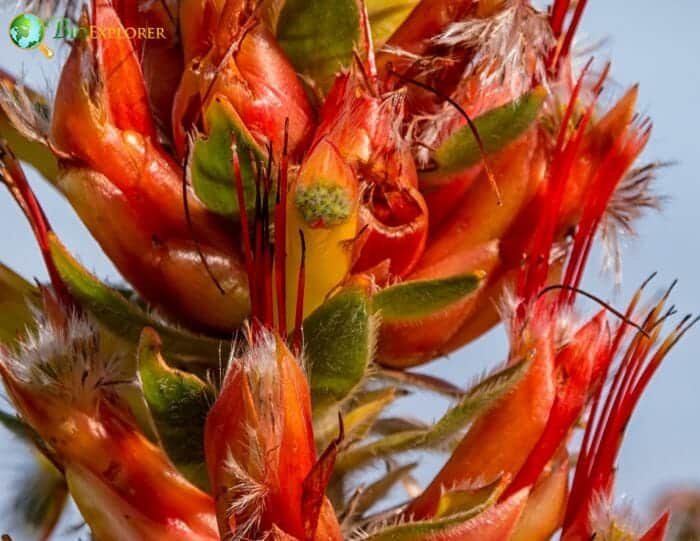
Members of Columiaceae are used for medicine, carpentry, and dyeing substances. Bruniaceae are mostly ornamental plants.
- Common cotton bush[5] is beautiful and commonly planted in pots and used for outdoor cultivation.
- Redlegs[6] – This plant is commonly planted in the garden, edges of ponds, and streams. It is also used in the cut-flower industry.
- Cone stompie[7] – This beautiful flower is used in the cut-flower industry (fresh or dry). The knobby fruiting heads are sought-after in floral arrangements, and the foliage is used as a long-lasting filler.
- Spiny Desfontainia[8] – The plant is an ornamental evergreen shrub. It has hallucinogenic properties.
- Desfontainia splendens – The plant is an ornamental evergreen shrub. It has hallucinogenic properties.
- Rooistompie[9] – This plant is used in the cut-flower industry because of its striking red flowers.
- Pondoland ghost bush[10] – No uses for this plant is recorded. This species is not commercially available for cultivation. The present cultivation of this species is aimed to boost its numbers in the natural habitat.
- Strawberry spikekol[11]
- Columellia lucida
- Audouinia capitata[12]
![]()











